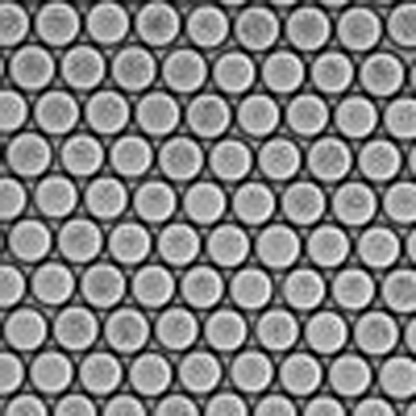- Record: found
- Abstract: found
- Article: found
Rapid detection of single bacteria in unprocessed blood using Integrated Comprehensive Droplet Digital Detection

Read this article at
Abstract
Blood stream infection or sepsis is a major health problem worldwide, with extremely high mortality, which is partly due to the inability to rapidly detect and identify bacteria in the early stages of infection. Here we present a new technology termed ‘Integrated Comprehensive Droplet Digital Detection’ (IC 3D) that can selectively detect bacteria directly from milliliters of diluted blood at single-cell sensitivity in a one-step, culture- and amplification-free process within 1.5–4 h. The IC 3D integrates real-time, DNAzyme-based sensors, droplet microencapsulation and a high-throughput 3D particle counter system. Using Escherichia coli as a target, we demonstrate that the IC 3D can provide absolute quantification of both stock and clinical isolates of E. coli in spiked blood within a broad range of extremely low concentration from 1 to 10,000 bacteria per ml with exceptional robustness and limit of detection in the single digit regime.
Abstract
 Early detection of blood stream infections is essential for providing effective treatments.
Here the authors present a system integrating DNAzyme sensors, droplet microfluidics
and a high-throughput 3D particle counter that can detect specific, single bacterial
cells in blood within a few hours.
Early detection of blood stream infections is essential for providing effective treatments.
Here the authors present a system integrating DNAzyme sensors, droplet microfluidics
and a high-throughput 3D particle counter that can detect specific, single bacterial
cells in blood within a few hours.
Related collections
Most cited references31
- Record: found
- Abstract: found
- Article: not found
Systematic evolution of ligands by exponential enrichment: RNA ligands to bacteriophage T4 DNA polymerase.
- Record: found
- Abstract: found
- Article: not found
Droplet microfluidics.
- Record: found
- Abstract: found
- Article: not found